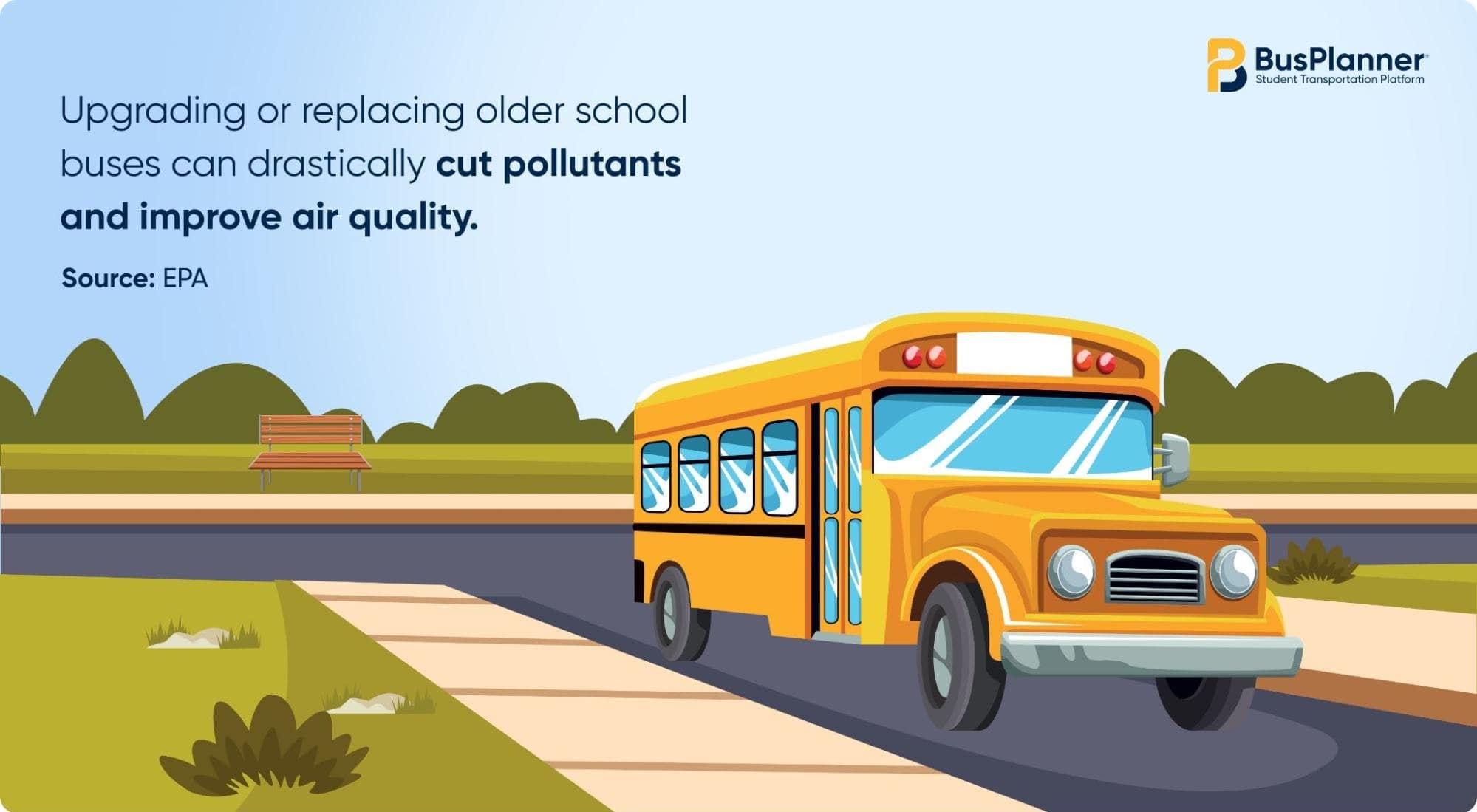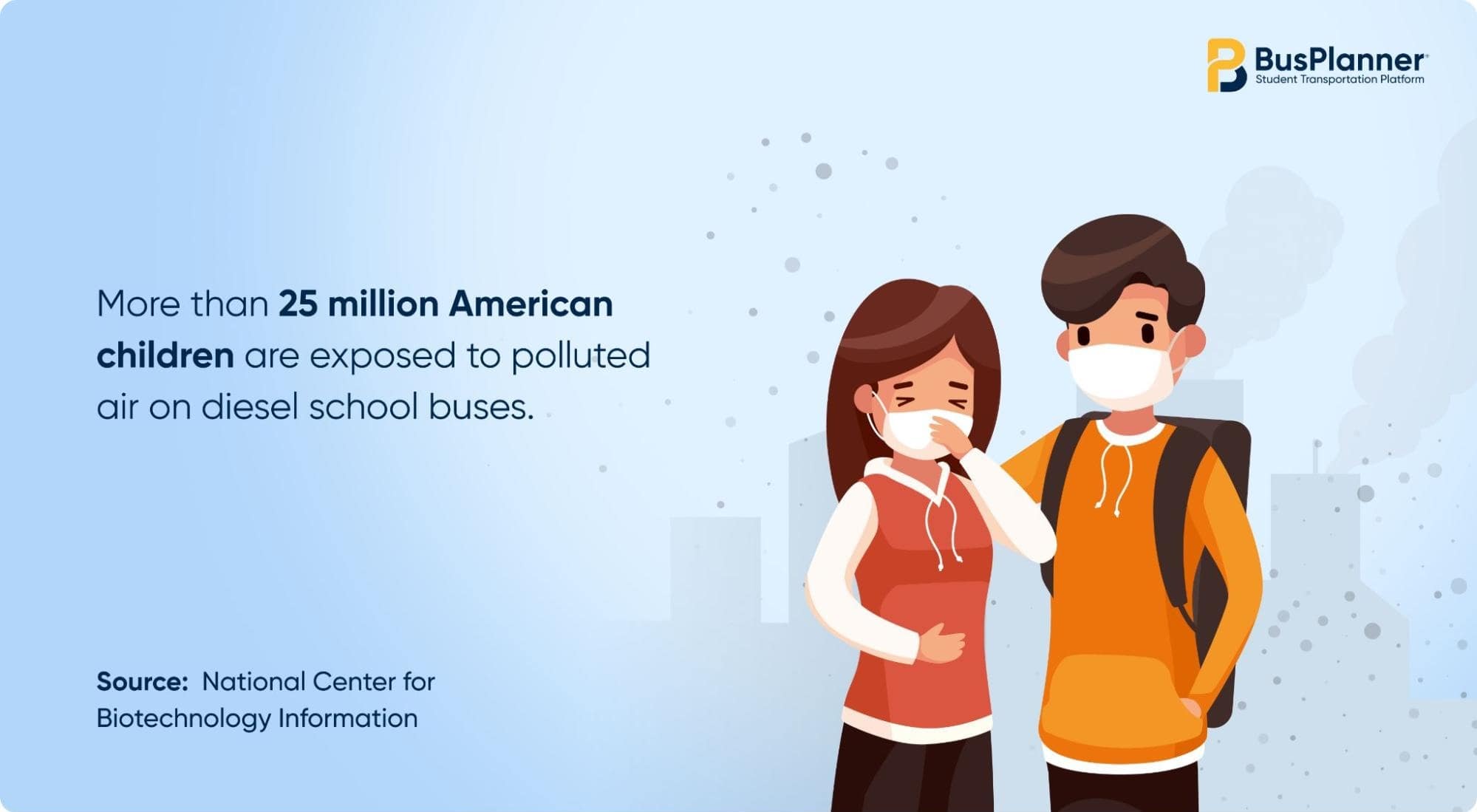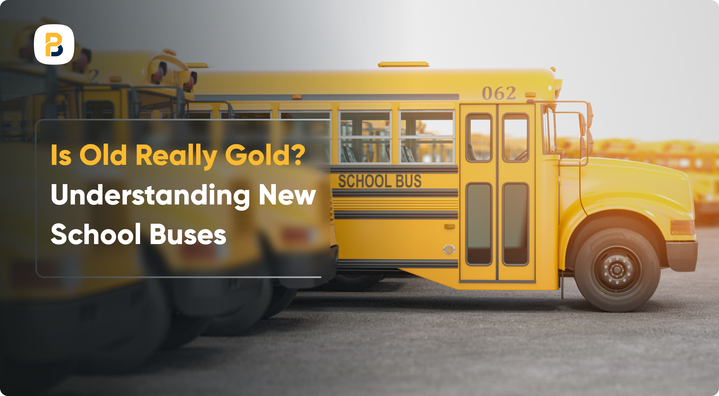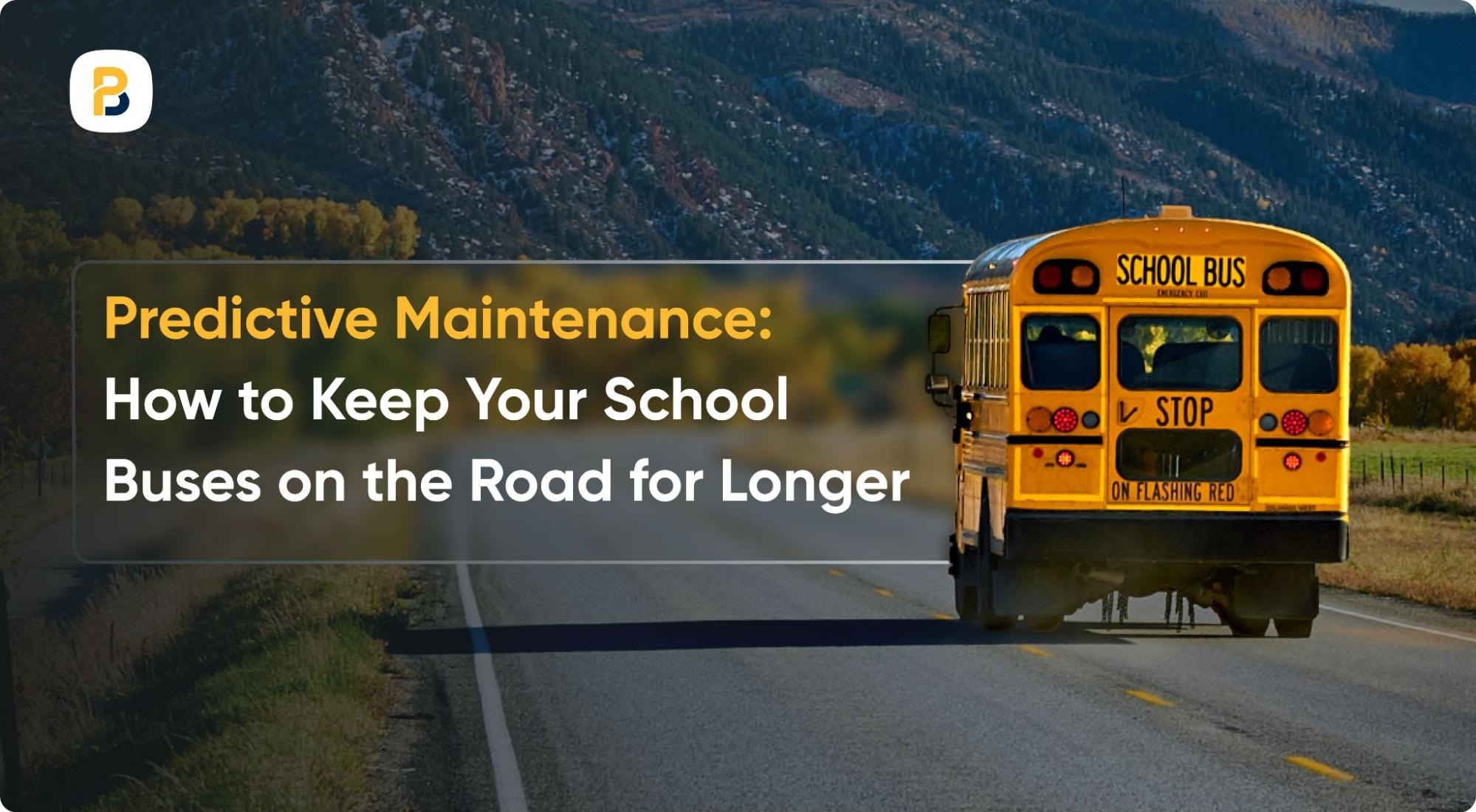There’s a certain nostalgia attached to the classic school bus, symbolizing routine, reliability, and countless childhood memories. However, beneath that charm lies a growing challenge for school districts, that aging buses are no longer sustainable.
Older buses present several challenges, including higher maintenance costs, increased pollution, greater downtime, and heightened safety concerns. In Georgia alone, more than 3,600 school buses are over 15 years old, costing the state millions in maintenance and fueling concerns each year. The EPA reports that upgrading or replacing older school buses can drastically cut pollutants and improve air quality.
Aging fleets are harder to sustain. Discover how new school buses can transform the educational experience.
Hidden Costs of an Aging Fleet
Older buses may seem cheaper on paper, but hidden costs can quickly add up. Fuel efficiency takes center stage, especially since electric and hybrid alternatives are gaining traction in the transportation industry. Strategies such as optimizing routes with the help of school bus routing software can significantly reduce fuel expenses and carbon emissions.

Switching to renewable power is also one of the most effective ways to reduce costs while minimizing environmental impact. School bus fleet management software can keep the fleet healthy and reduce breakdowns.
Safety Risks
Student safety is every school district’s top priority, and school buses must ensure that all safety protocols are followed to deliver a seamless experience. Older buses can be challenging, as they often lack many modern safety features.
Newer buses are equipped with stability control systems, improved mirrors, and stop-arm cameras that help drivers in various situations. In contrast, aging fleets are more prone to breakdowns, creating delays for students and added stress for transportation teams.
The risk of accidents and downtime can be reduced by investing in new vehicles, allowing students to reach school safely and on time.
Health Risks
Diesel engines are not only outdated, but they also pose serious health risks. Nearly 90% of school buses are diesel-powered, with engines that emit over 8 million metric tons of greenhouse gases annually. Research has linked exposure to diesel exhaust with increased respiratory and cardiovascular problems, as well as developmental risks in children. Older buses are not only a financial burden but also a significant risk to student health.

Modern School Transportation Software
Modern school transportation software has transformed school buses over the years. New fleets are equipped with GPS systems, ridership apps, and school bus routing software. School districts can make use of a student transportation platform to benefit in multiple ways:
- Track buses and ridership data in real time through school bus GPS software.
- Optimizing routes using school bus routing software can reduce the number of hours on the road and vehicle wear and tear.
- Breakdowns can be avoided through preventive and predictive maintenance with the help of school bus fleet management software.
- School bus records, fuel, and inventory can be managed effectively.
While new school buses are equipped with digital upgrades, older ones may lack the necessary hardware to integrate with the latest technology. This could put districts at a significant disadvantage if they resist change and fall behind.
Conclusion
Old may not always be gold when it comes to student transportation. Safety is the prime concern of school districts, and technological advancements are making the unthinkable possible. Aging buses result in higher costs, increased pollution, safety risks, and limited technological compatibility.
Newer buses can eradicate many of these problems, making them the clear winner on the road. For districts looking ahead, the choice is clear: investing in new buses is investing in the safety, health, and future of students.
Ready to modernize your fleet? Discover how BusPlanner can help you maximize efficiency, safety, and savings in your student transportation system.







